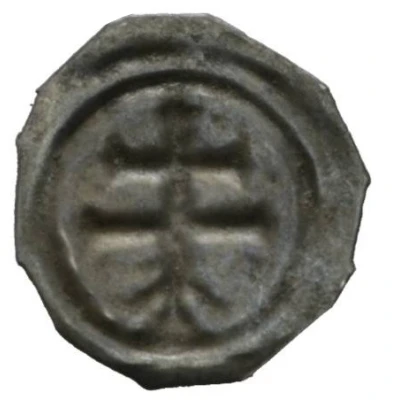¼ Penning ND
| Silver | - | - |
| Issuer | Norway |
|---|---|
| King | Sverre Sigurdsson (1177-1202) |
| Type | Standard circulation coin |
| Years | 1170-1205 |
| Value | ¼ Penning |
| Currency | Penning (995-1387) |
| Composition | Silver |
| Shape | Round (irregular) |
| Technique | Hammered (bracteate) |
| Demonetized | Yes |
| Updated | 2024-10-06 |
| Numista | N#120931 |
|---|---|
| Rarity index | 97% |
Comment
Brakteat minted during the reign of Sverre Sigurdsson.Interesting fact
The ¼ Penning coin was used in Norway during the Middle Ages and was equivalent to one-fourth of a Norwegian penning, which was the standard unit of currency at the time. The coin was made of silver and had a distinctive design that featured a cross on one side and the king's name on the other. The ¼ Penning coin was used for everyday transactions and was a popular form of currency among the common people. It's interesting to note that the use of silver in the production of coins was a common practice during the Middle Ages, as it was a valuable and durable metal that was widely available. The use of silver in coins also helped to establish a standardized system of currency, which facilitated trade and commerce across different regions. Overall, the ¼ Penning ND (1170-1205) coin from Norway made of Silver is an interesting piece of history that provides insight into the economic and monetary systems of medieval Europe.

